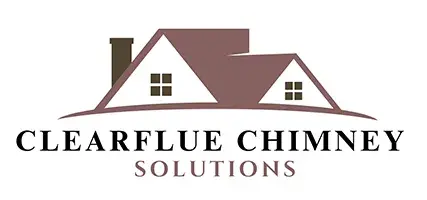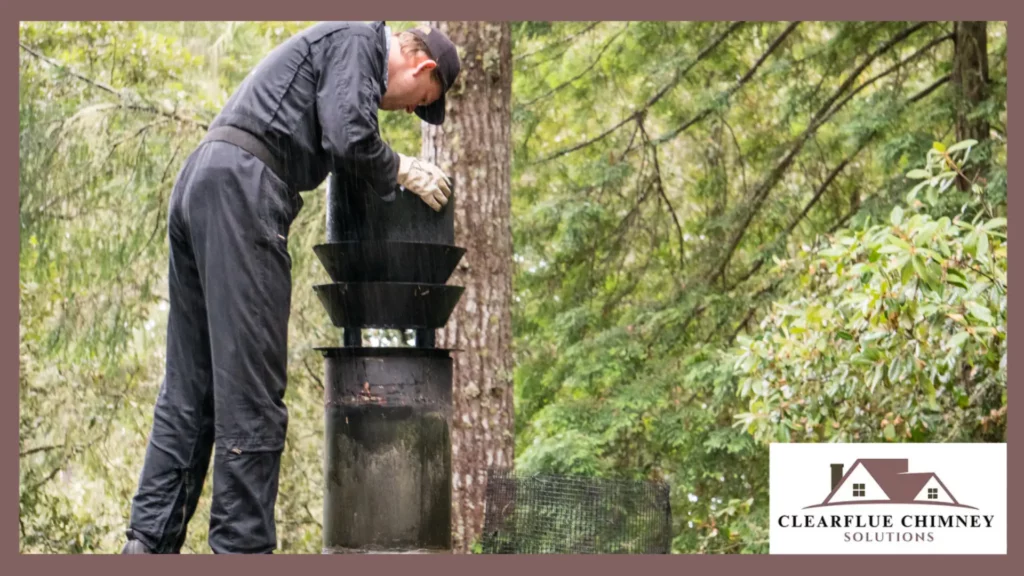A properly functioning chimney is essential for the safety and efficiency of any home with a fireplace or heating system. Regular chimney inspections play a crucial role in identifying potential hazards that could compromise the structure or pose risks to the household. By understanding the key aspects of these inspections, homeowners can ensure a secure and efficient environment.
Preventing Chimney Fires
One of the most significant risks associated with neglected chimneys is the potential for fires. Over time, creosote, a highly flammable byproduct of burning wood, can accumulate on the interior walls of the chimney. A thorough chimney inspection assesses the level of creosote buildup and determines whether cleaning is necessary. This proactive approach significantly reduces the chances of a chimney fire and enhances the overall safety of the home.
Addressing Blockages and Obstructions
Blockages within the chimney system can prevent proper ventilation, leading to the accumulation of smoke and harmful gases such as carbon monoxide. Common obstructions include bird nests, debris, or even internal structural damage. During an inspection, these issues are identified and addressed to restore optimal airflow. Ensuring clear pathways for smoke and gases to exit the home is a critical step in protecting indoor air quality and occupant safety.
Detecting Structural Issues
The structural integrity of a chimney directly impacts its ability to function safely. Cracks in the masonry, damaged flue liners, or weakened mortar joints can all lead to serious problems, including leaks, collapses, or fires. Chimney inspections focus on evaluating these elements, allowing for timely repairs or reinforcements. Early detection of structural issues not only prevents further damage but also extends the lifespan of the chimney.
Mitigating Moisture Damage
Moisture is one of the most common and destructive elements affecting chimneys. Water can seep into cracks, leading to rusted components, deteriorating bricks, and compromised insulation. Chimney inspections identify signs of water intrusion, such as spalling bricks or efflorescence, and recommend solutions to mitigate these issues. Addressing moisture damage promptly protects the chimney from further deterioration and ensures it remains functional and safe.
Chimney inspection are a vital part of home maintenance, providing homeowners with the knowledge and tools to address potential hazards before they escalate. By focusing on safety, structural integrity, and performance, these inspections contribute to a secure and efficient home environment.
Learn more about chimney inspection:
Why Comprehensive Chimney Inspection Is Crucial for Performance
How Chimney Inspection Ensures Safety and Efficiency

